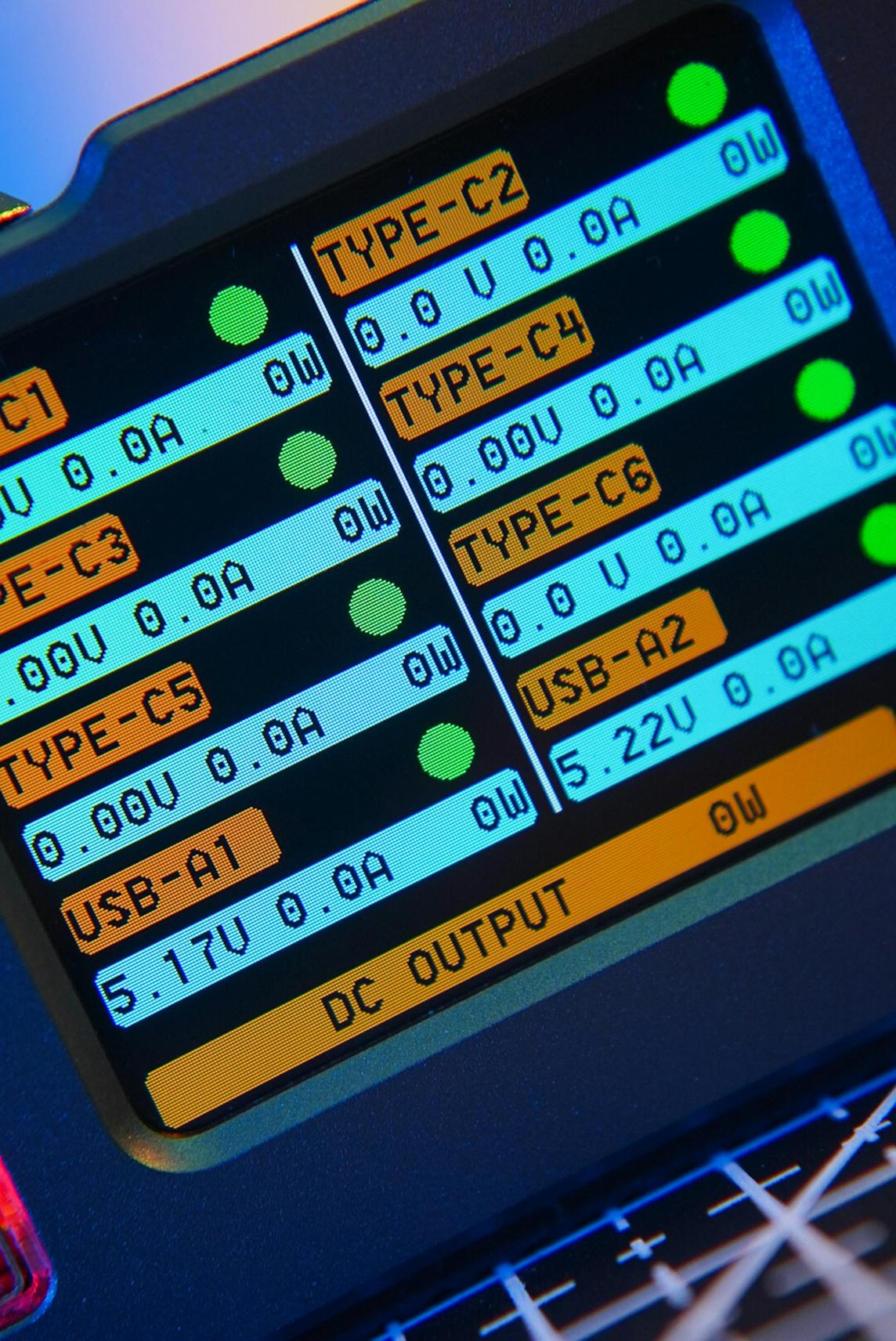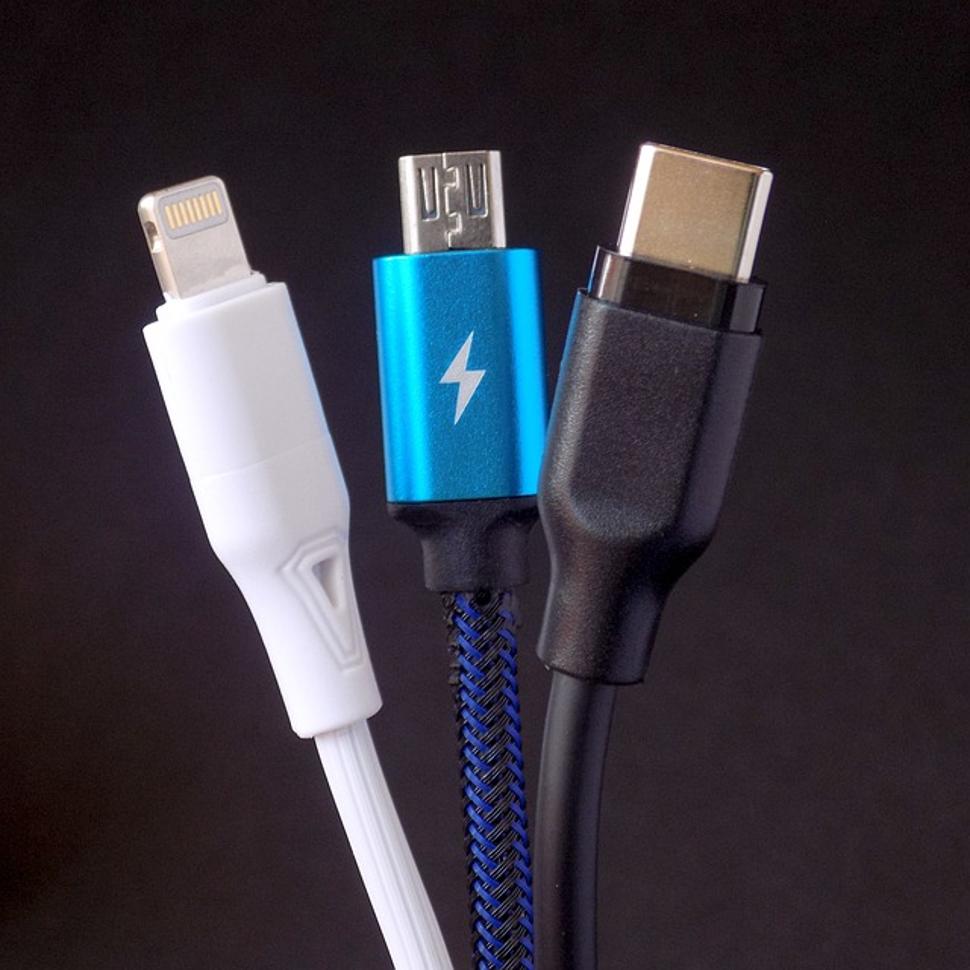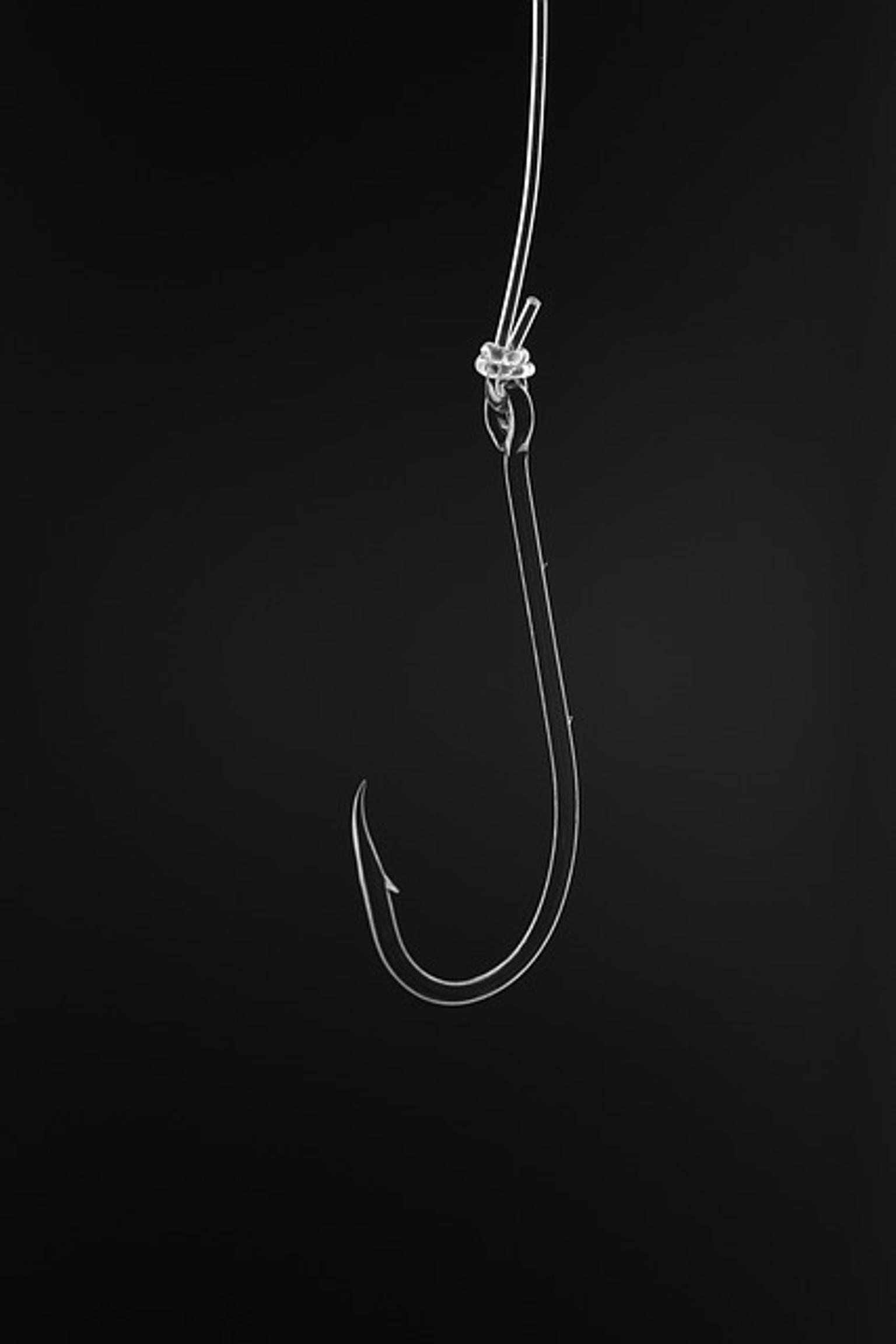Which USB Should I Hook My Monitor To?
Introduction
Choosing the right USB port for connecting a monitor can be a game-changer for your setup. The various types of USB ports, each with its own set of features and capabilities, can make this seem complex. Especially with the increase in USB-C and Thunderbolt connectors, understanding which USB should hook your monitor to is crucial. This guide will help clear the air and ensure you make an informed decision.

Understanding USB Standards and Types
When determining which USB port to use, it's essential to understand the differences between the various USB standards and types.
USB-A vs. USB-C
USB-A is the traditional rectangular connector you see on most devices. It's robust but lacks modern features. On the other hand, USB-C is small, reversible, and offers greater functionality. It's quickly becoming the industry standard for newer devices due to its versatility and power.
USB 2.0 vs. USB 3.0 vs. USB 3.1/3.2
USB 2.0 is the oldest and slowest for data transfer, making it less ideal for monitors. USB 3.0 is faster, suitable for most peripheral connections. USB 3.1/3.2 introduces even faster data transfer speeds and better power delivery, perfect for modern, high-performance equipment.
Thunderbolt 3 and 4
Thunderbolt 3 and 4 use USB-C connectors but offer faster data transfer and video output capabilities. This makes them excellent options for connecting monitors requiring higher resolutions and refresh rates.
Pros and Cons of Different USB Ports
Understanding the pros and cons of each USB type can help you make a more informed decision.
USB-A: Pros and Cons
Pros: - Widely compatible - Durable and robust Cons: - Slower data transfer speeds - Limited power delivery
USB-C: Pros and Cons
Pros: - High-speed data transfer - Enhanced power delivery - Supports video output Cons: - Compatibility issues with older devices - Requires adapters for some connections
Thunderbolt: Pros and Cons
Pros: - Fastest data transfer speeds - High-quality video output - Daisy-chaining capability Cons: - More expensive - Requires specific ports and cables

Key Features and Capabilities of USB Ports
Data Transfer Speeds
The speed at which data transfers can vary significantly: - USB 2.0: Up to 480 Mbps - USB 3.0: Up to 5 Gbps - USB 3.1/3.2: Up to 10-20 Gbps - Thunderbolt 3/4: Up to 40 Gbps
Power Delivery
Different USB types offer variable power delivery capabilities. USB-C and Thunderbolt provide up to 100W, making them suitable for charging devices and powering peripherals.
Video Output Capabilities
Not all USB ports can display video. USB-C and Thunderbolt ports support video output, often making them the better choice for connecting monitors.
Connecting Your Monitor: A Step-by-Step Guide
Checking Compatibility
- Identify the ports on your monitor and computer.
- Make sure they support video output and are compatible with each other.
Selecting the Right Cable
- Choose a cable that supports the same USB standard as your devices.
- For USB-C and Thunderbolt, check the cable’s data transfer rate and power delivery capabilities.
Configuring Display Settings
- Connect the cable to your monitor and computer.
- Open your computer’s display settings.
- Configure the monitor as an extended or duplicated display, depending on your needs.

Troubleshooting Connection Issues
Common Problems and Solutions
- No Display: Check if the cable is properly connected and supports video output.
- Flickering Screen: Ensure the cable meets the required data transfer rate.
- No Power: Verify if the port supports power delivery.
Driver and Firmware Updates
- Ensure your device drivers and firmware are up-to-date.
- Update through the manufacturer’s website if necessary.
Specific Use Cases for USB Monitor Connections
For most standard monitors, USB-C or USB 3.0 ports should suffice, providing good performance without extra costs. However, high-resolution monitors benefit from Thunderbolt or USB 3.1/3.2 ports, offering better video quality and faster data transfer. When it comes to connecting multiple monitors, Thunderbolt ports are ideal for daisy-chaining. Alternatively, using USB hubs can connect multiple monitors via USB-C, provided they support the required data transfer rates.
Conclusion
Choosing the right USB port for your monitor connection is crucial for optimal performance. USB-C and Thunderbolt are generally the best options for most modern setups, offering faster speeds and better video output capabilities. By understanding the different types and their features, you can ensure a seamless and efficient connection.
Frequently Asked Questions
What If My Monitor Doesn’t Have a USB-C Port?
Adapters are available to bridge older monitors with USB-C devices. Ensure compatibility and check if additional features like power delivery are supported.
Can I Use USB Hubs to Connect Multiple Monitors?
Yes, provided the hub supports the necessary data transfer rates and video output capabilities for your monitors.
How Do I Ensure Optimal Performance with USB-C Connections?
Ensure using high-quality cables, maintain updated drivers and firmware and verify compatibility with your devices for the best results.



